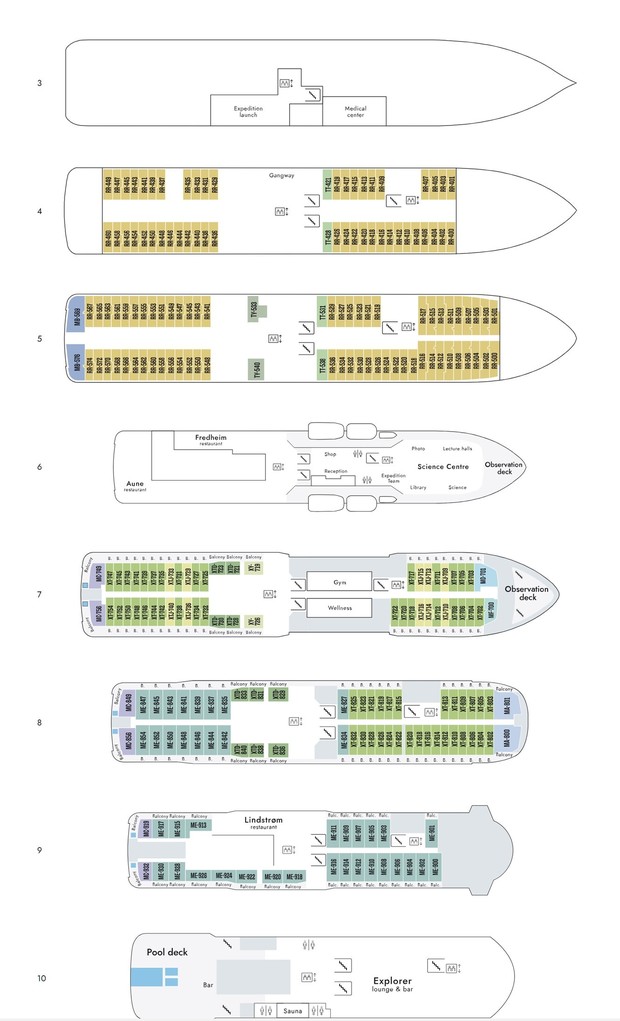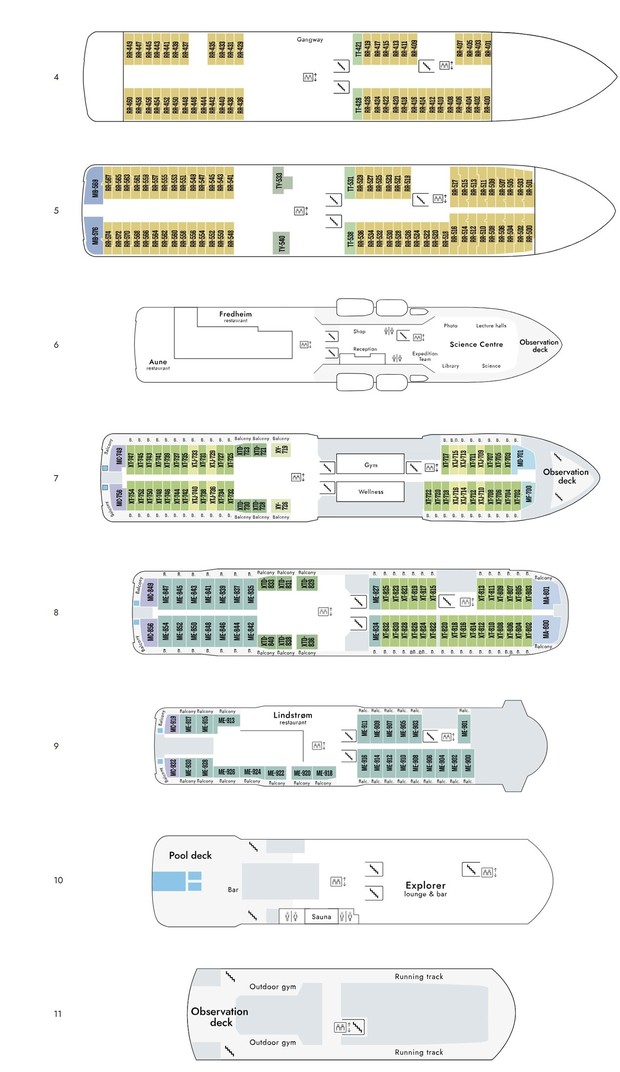2_picture.png)
The national parks of Patagonia
The expedition begins in the UNESCO city of Valparaíso, sailing to rustic and charming Castro. From there, we continue to the isolated hamlet of Puerto Edén within Bernardo O’Higgins National Park, and Puerto Natales, gateway to Torres del Paine National Park which you can visit on an optional excursion. We cruise the Strait of Magellan on our way through the Beagle Channel before reaching the southernmost tip of South America. If we have favourable sea conditions, we’ll try landing at Cape Horn. After that, we’ll start our crossing of the Drake Passage towards Antarctica.
The Seventh Continent
When you arrive in Antarctica, it will be late spring. The snow is fresh from winter, icebergs look pristine, and penguin species are courting and nest-building. Over the next four days, you’ll be exploring several landing sites out of a choice of 20. We have no fixed itinerary, as wind, weather, wildlife and sea ice in this extreme environment can affect our daily programme. But rest assured, it’s all part and parcel of the adventure. You’ll enjoy joining the Expedition Team on lectures, ice-cruising, landings and possibly on optional activities like kayaking, snowshoeing or even camping.
- Start in the colourful city of of Valparaíso
- Stop at the rustic city of Castro, isolated Puerto Edén and Puerto Natales, the hub for hikers exploring Torres del Paine National Park
- Spend four fascinating days exploring the immense, pristine icescapes of springtime Antarctica
There are no future departures for this trip at this stage.
Fridtjof Nansen

| Max passengers: | 530 |
|---|
Fridtjof Nansen is a small cruise ship specifically designed to be one of the most sustainable ships that can visit the Polar regions.
Launched in 2020, The state of the art vessel features new and environmentally sustainable hybrid technology that will reduce fuel consumption and show the world that hybrid propulsion on large ships is possible.
MS Fridtjof Nansen is the second of two hybrid ships to be launched cutting emissions by sailing with electrical propulsion. Hybrid technology, combined with the advanced construction of the hull and effective use of electricity on board will reduce fuel consumption and CO2-emissions on the ships by 20 percent.
The future of shipping will be silent and emission free. MS Fridtjof Nansen will lead the way towards an even more sustainable way of traveling. Sailing on electrical power is not only a great benefit for the environment, but it will also enhance the impact of experiencing nature for the guests. The ship will be specially constructed for voyages in polar waters and serve as a comfortable basecamp at sea – bringing adventurers from all over the world to the most spectacular destinations in the most sustainable way.
These ships combine state-of-the-art technology together with a premium onboard experience. All cabins are outside, half have private balconies, and aft suites even boast private outdoor Jacuzzis, to soak up the stunning scenery in style.
Facilities on board
One of the most eye-catching exterior design features of the ships will be the two-level indoor/outdoor Observation Deck wrapped around the top of the ships’ raked bow. In a vast area behind it, you’ll find the core of the onboard experience: Amundsen Science Center.
Packed with state of the art technology and high tech gadgets such as touch screens and science equipment, the immersive edutainment area will be the place guests and staff/crew meet, mingle and create a deeper understanding for the areas they explore. The flexible venue will feature lecture spaces, a small library, and speciality areas for workshops in photography, biology, and more.
The stunning scenery will be reflected in a rich and comfortable interior design. Scandinavian materials from nature, such as granite, oak, birch and wool will be used to create relaxed and stylish cabins and public areas. All cabins are outside, 50 % will have private balconies, aft suites will feature private outdoor Jacuzzis with spectacular views.

Roald Amundsen

| Launched | 2019 |
|---|
Launched in 2019, The state of the art vessel features new and environmentally sustainable hybrid technology that will reduce fuel consumption and show the world that hybrid propulsion on large ships is possible.
MS Roald Amundsen is the first of two hybrid ships to be launched cutting emissions by sailing with electrical propulsion. Hybrid technology, combined with the advanced construction of the hull and effective use of electricity on board will reduce fuel consumption and CO2-emissions on the ships by 20 percent.
The future of shipping will be silent and emission free. MS Roald Amundsen will lead the way towards an even more sustainable way of traveling. Sailing on electrical power is not only a great benefit for the environment, but it will also enhance the impact of experiencing nature for the guests. The ship will be specially constructed for voyages in polar waters and serve as a comfortable basecamp at sea – bringing adventurers from all over the world to the most spectacular destinations in the most sustainable way.
These ships combine state-of-the-art technology together with a premium onboard experience. All cabins are outside, half have private balconies, and aft suites even boast private outdoor Jacuzzis, to soak up the stunning scenery in style.
Facilities on board
One of the most eye-catching exterior design features of the ships will be the two-level indoor/outdoor Observation Deck wrapped around the top of the ships’ raked bow. In a vast area behind it, you’ll find the core of the onboard experience: Amundsen Science Center.
Packed with state of the art technology and high tech gadgets such as touch screens and science equipment, the immersive edutainment area will be the place guests and staff/crew meet, mingle and create a deeper understanding for the areas they explore. The flexible venue will feature lecture spaces, a small library, and speciality areas for workshops in photography, biology, and more.
The stunning scenery will be reflected in a rich and comfortable interior design. Scandinavian materials from nature, such as granite, oak, birch and wool will be used to create relaxed and stylish cabins and public areas. All cabins are outside, 50 % will have private balconies, aft suites will feature private outdoor Jacuzzis with spectacular views.


_map.png)

